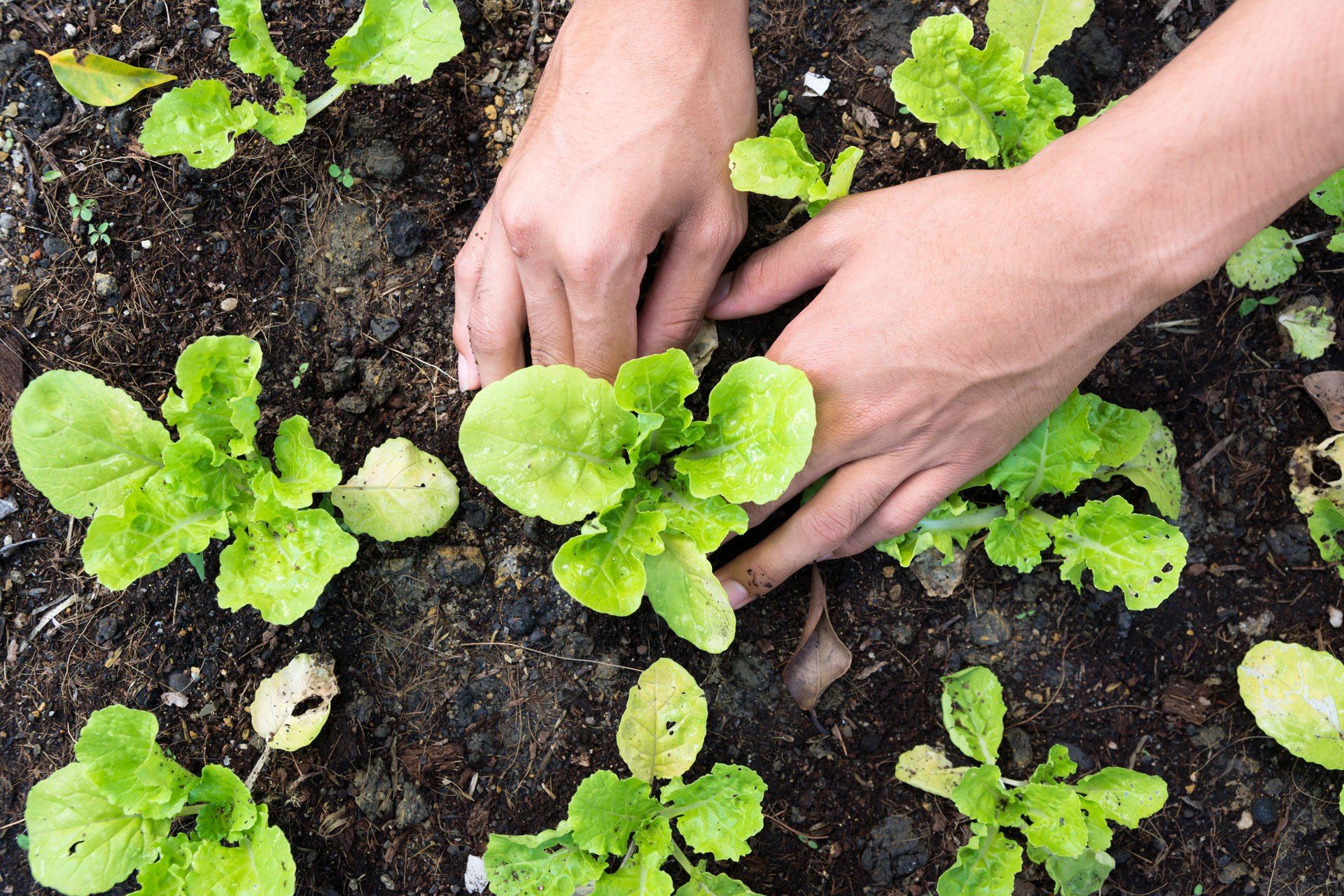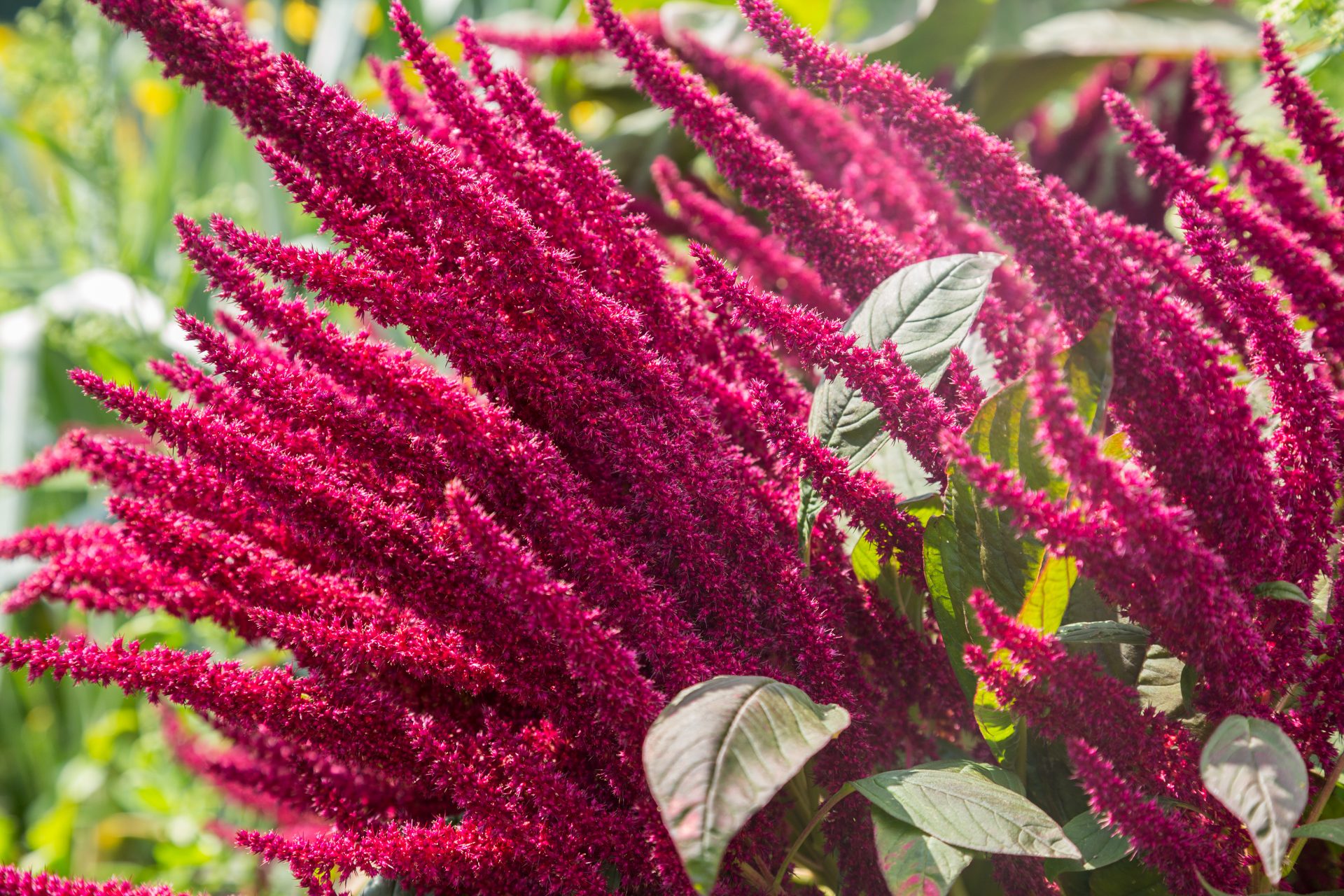5 easy-to-grow vegetables and herbs for beginner gardeners
Does it seem like everyone you know wants to start a garden lately? Whether that’s due to rising food costs, interest in exploring greater self-sufficiency, the desire to know more about where our food comes from or just wanting to spend more time outside, we support it: It’s never a bad time to get into gardening. And often one of the first questions we hear from beginner gardeners: What vegetables and herbs are easiest to grow?
How to decide which vegetables to grow
While there are some pretty universal easy-to-grow plants, so much of gardening success is dependent on your specific situation. To get started, here are some questions to ask yourself that will help inform your choices.
Where are you located?
The USDA hardiness zones distinguish different growing regions in the U.S. based on 30-year averages of the lowest annual winter temperatures at specific locations. Knowing what zone you’re in will help you determine which plants will survive in your specific location and when to plant them to ensure that they thrive. (Take note, the hardiness zone map has shifted in recent years.) Beyond average temperatures, you’ll also want to consider variables like rainfall (or lack thereof), invasive plants and other challenges posed by climate change.
Which gardening method will you use?
Before digging in, there are some decisions to make about which gardening method (or methods) — such as using raised beds versus planting directly in the ground — you will be using and how that may impact the types of plants you choose to grow. For instance, mint is an incredibly easy plant to grow. So easy, in fact, that it is prone to overtaking a garden if it is not well-maintained, and therefore it’s best suited to container gardens where it can be controlled. Other entry-level vegetables, like peas, can be planted either in the ground or in raised beds, but many varieties will require a trellis or something to cling to as they grow — a consideration you should weigh before planting.
To sow or not to sow?
One of the joys of gardening is deepening your knowledge about seeds. From learning about the importance of heirloom seeds to finding your favorite sustainable seed company or organizing a local seed swap, it’s easy to be enticed by the numerous seed varieties and the allure of starting your plants from scratch.
But before you get ahead of yourself, remember that some seeds are best sown (that is, planted) directly in the garden, whereas others should be started indoors and grown into seedlings before being transplanted outside. While growing your own seedlings can be a fun way to experiment with seeds and plant varieties, it also requires a fair amount of supplies and upkeep (ensuring adequate light, water, temperature and air circulation); it may not be best for some beginner gardeners who are just looking to experiment with a low-commitment hobby. The good news: Many nurseries and farms sell organic, heirloom and other specialty seedlings that you can plant at home.
What will you eat or use up quickly?
While it’s important to know which plants are easy to grow, it’s also really important to understand which ones are easy to use. Ask yourself what herbs and vegetables you can’t seem to get enough of during the growing season and are always snatching up at the farmers’ market. Sure, it’s fun to plant new or unfamiliar varieties, but if they don’t get used up or if they are not something you actually need, you may be overwhelmed with their upkeep. This is also a crucial consideration when aiming to reduce garden food waste.
Easy-to-grow vegetables and herbs
These five vegetables and herbs are great choices for many beginner gardeners as they require less upkeep, thrive in even unideal growing conditions and grow faster than other plants, which makes for an earlier harvest.
Cherry tomatoes
Is there anything more prized than the perfect large heirloom tomato for a tomato sandwich? Some of that allure is due to the fact that full size heirloom tomatoes can be a little more challenging to grow, requiring more attention to pruning, staking and watering. So, if you’re a beginner gardener and want delicious tomatoes, cherry tomatoes can be the way to go.
Due to their smaller size, cherry tomatoes — including heirloom varieties — often produce a higher yield even when growing conditions are less than ideal. Their size also means they mature on the vine much faster than their larger counterparts.
In many areas, tomatoes should be transplanted as seedlings so the plants have time to grow and bear fruit before the first frost. Thankfully, seedlings for cherry tomatoes are easy to find at most nurseries or farms and many now offer compostable or plastic-free containers.
Peas
One of the first plants to get in the ground in spring, peas are an especially great choice if you want to try direct-sowing seeds. As an early-season crop they are quite hardy: They’re able to survive if a late frost, or even a light snowfall, comes through.
Peas are also a beneficial addition to your garden because they promote nitrogen fixation: Through a symbiotic relationship with the soil bacteria Rhizobium, pea plants pull nitrogen from the atmosphere and convert it into ammonia, a form of nitrogen that is more usable by the plants and enhances the soil. This, in turn, means that the soil may require less synthetic nitrogen fertilizer.
Peppers
Similar to tomatoes, peppers are plants that — in most areas — should be started indoors as seedlings before transplanting out into the garden. While they come in a variety of shapes, sizes and flavors, almost all varieties thrive in full sun, making them a great choice for a super sunny garden location.
If you’re just starting out, consider going smaller — and sometimes hotter — for your chosen pepper variety. Plants like jalapeños, shishitos and habaneros can be easier to grow than larger varieties such as sweet bell peppers because they ripen faster and require less space.
Chives
Chives grow best when they are sown directly in the soil after the last frost. They are a wonderful addition to any garden as they have many culinary uses and provide several opportunities for harvest throughout the growing season. Planting chives can also help your garden — their blossoms attract beneficial pollinators, such as bees, while also repelling certain garden pests like aphids, which detest their onion-like scent.
Potatoes
If you’re really looking to get your hands in some dirt, potatoes are the crop for you — they grow easily under the soil. Even if you have limited space, potatoes can be planted in large containers or grow bags.
@plantedinthegarden Grow more potatoes in a grow bag #garedning101 #gardening #learnontiktok #gardeninghacks #gardenproject #gardeningtips #gardentoks ♬ Paradise – TELL YOUR STORY music by Ikson™
You may be surprised to learn that potatoes are best grown using something called a seed potato, which is not a seed at all but a tuber that has been propagated to sprout new root structures and more potatoes. Technically you can use a store-bought potato as a seed potato, but we don’t recommend it: These often have coatings, contain growth inhibitors or carry diseases that will inhibit your potato plant.
Get the latest food news from FoodPrint.
By subscribing to communications from FoodPrint, you are agreeing to receive emails from us. We promise not to email you too often or sell your information.
Top photo by Pixel-Shot/Adobe Stock.
More Reading
Six unusual greens to try
September 4, 2024
In Brea Baker’s “Rooted,” the history of Black land loss is personal
July 17, 2024
Limits for PFAS in drinking water signal a new phase in federal action on 'forever chemicals'
May 1, 2024
Create less waste and more color in your Kitchen with natural dyes
April 27, 2023
Post-UN Water Conference, When You Think About Your Next Meal, Think About Water
April 18, 2023
Community Supported Fisheries Prove Seafood Can Be Local, Too
February 27, 2023
Is it Possible to Decolonize the Wine Industry?
October 24, 2022
Dairy, Drought and the Drying of the American West
October 21, 2022
Can the California Plastics Law Solve Our Plastic Problem?
September 15, 2022


